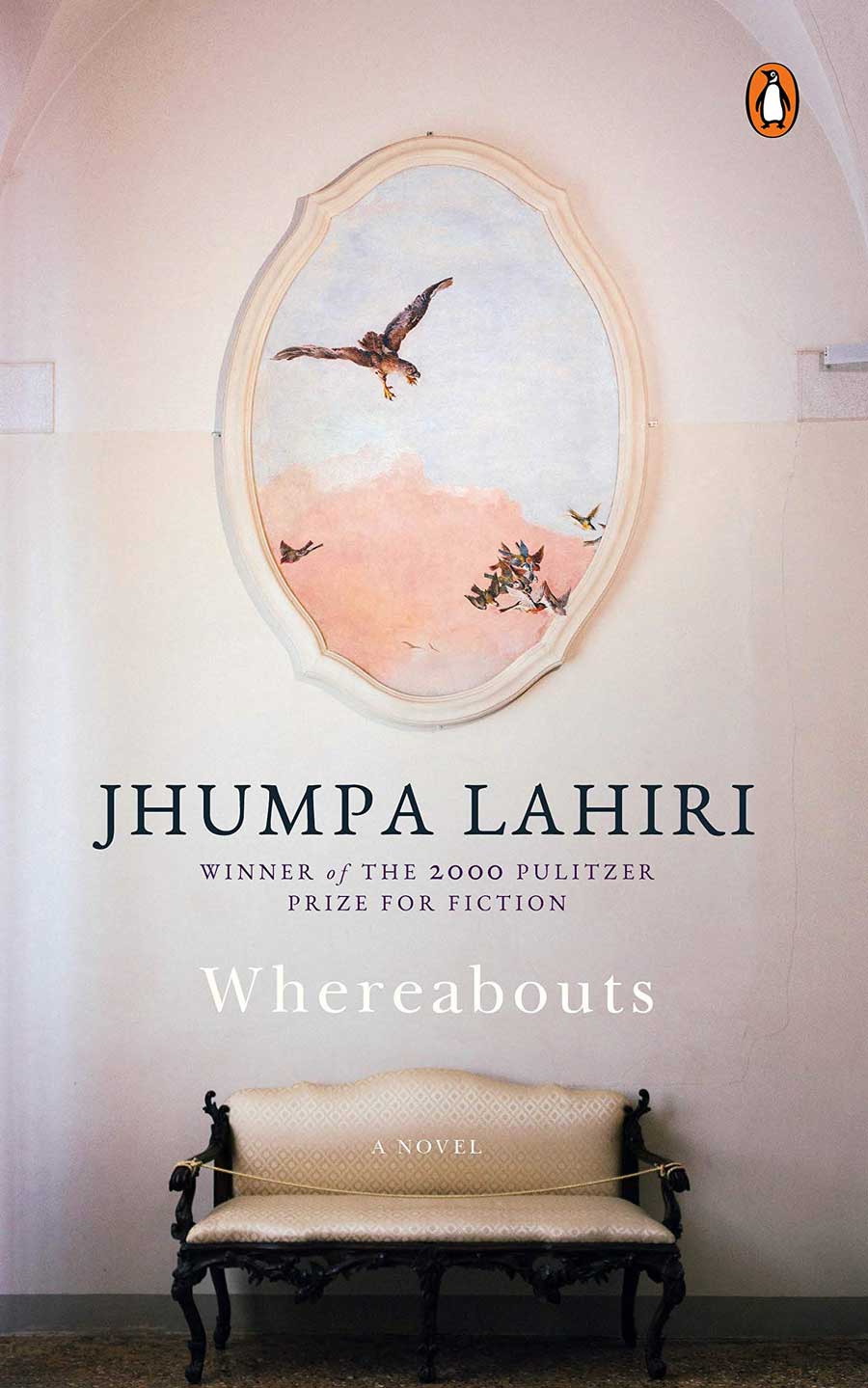Book: Whereabouts: A Novel
Author: Jhumpa Lahiri
Publisher: Hamish Hamilton
Price: Rs 499
Justly celebrated for the spare elegance of her prose and the specificities of people, places, and things that populate her fiction, Jhumpa Lahiri has become something of a poster-child for works dealing with the immigrant experience. In Whereabouts, Lahiri deliberately eschews nearly everything that led to her success (although the simplicity and the graciousness of her language are a constant), choosing to write a novel without a single proper noun, lacking virtually any identifiable details of places or spaces, where even the first-person narrator’s identity is hazy. We can gather that the teller is a woman of about 46 who works as a teacher (probably at a university), lives alone, has no spouse/lover or children, is an only child whose father died when she was 15, and whose mother lives alone in another city. But beyond this there is very little to identify the city or, indeed, the country she inhabits, although it seems to be Italy given the trattoria, piazza, and other stray details and the note on portagioie (jewellery-box, but also “container of joy”, in Italian) appended to the text.
The chapters of Whereabouts can be read like a collection of 46 vignettes (one for every year of the narrator’s life?), each answering the question implied in the novel’s name with titles like “On the Sidewalk”, “In the Office”, “At the Museum”, “By the Sea”, “Upon Waking”, and so on. Three chapters, more or less evenly spaced within the novel, have the same title, “In My Head”. The first begins with “Solitude: it’s become my trade. As it requires a certain discipline, it’s a condition I try to perfect. And yet it plagues me...” The second identically-titled chapter says, towards its end, “I’m flummoxed by this unraveling of time, I’m losing my grip on myself.” And the third one, where the narrator is reflecting on her childhood, goes, “It now occurs to me that I was as tenacious as I was timid. I never protested...”

Whereabouts: A Novel by Jhumpa Lahiri, Hamish Hamilton, Rs 499 Amazon
Unfolding over roughly the span of a year and moving back and forth in time as events or people or things unlock the narrator’s memories, this is a work that defies easy categorization. At one level, it can be read as a series of reflections on impermanence and mortality (there are references to several deaths in the novel); at another, as an instance of what the poet, John Keats, called the “egotistical sublime” wherein everything is seen solely with reference to the perceiving self (in this case, the narrator, not to be confused with the writer herself); and at yet another, as harking back to the questions of space, time, and identity that have haunted Lahiri’s oeuvre, only this time with all specific references carefully removed.
Much has been made of the fact that Lahiri wrote the novel in Italian and then translated it into English a couple of years after publication. Lacking Italian, this reviewer cannot say whether or not this has affected the tone or pacing of Lahiri’s latest offering, but read as an English work in its own right, the gently melancholic unfolding of this plotless tale has much to offer the interested reader, especially in a pandemic world where we seem to have lost the plot of our taken-for-granted selves.











